Innovative Marketing Strategies
The Vodka Market is increasingly characterized by innovative marketing strategies that leverage social media and experiential marketing. Brands are utilizing digital platforms to engage with consumers, creating immersive experiences that resonate with younger demographics. This approach not only enhances brand visibility but also fosters a sense of community among vodka enthusiasts. Data shows that brands employing creative marketing campaigns are experiencing higher engagement rates and sales growth. As competition intensifies, the ability to connect with consumers through unique storytelling and interactive content may become a critical factor for success in the Vodka Market. This trend suggests that marketing will play a pivotal role in shaping consumer perceptions and driving brand loyalty.
Increasing Demand for Craft Vodka
The Vodka Market is witnessing a notable shift towards craft vodka, driven by consumer preferences for artisanal and locally produced spirits. This trend appears to be fueled by a growing interest in unique flavors and production methods, which differentiate craft vodka from mass-produced alternatives. As consumers become more discerning, they seek out brands that emphasize quality and authenticity. Recent data indicates that craft vodka sales have surged, with a significant percentage of consumers willing to pay a premium for products that reflect their values. This inclination towards craft spirits is likely to continue shaping the Vodka Market, as new distilleries emerge and established brands adapt to meet evolving consumer demands.
Expansion of Vodka in Emerging Markets
The Vodka Market is poised for expansion in emerging markets, where rising disposable incomes and changing drinking habits are driving demand for premium spirits. As consumers in these regions become more affluent, there is a growing interest in vodka as a preferred alcoholic beverage. Market data suggests that countries with developing economies are witnessing an increase in vodka consumption, particularly among younger demographics. This trend presents a significant opportunity for brands to establish a foothold in these markets, potentially leading to increased competition and innovation within the Vodka Market. The expansion into emerging markets may also necessitate tailored marketing strategies to resonate with local preferences and cultural nuances.
Emergence of Ready-to-Drink Vodka Cocktails
The Vodka Market is experiencing a surge in the popularity of ready-to-drink (RTD) vodka cocktails, catering to the convenience-seeking consumer. These pre-mixed beverages offer a hassle-free option for consumers who desire quality cocktails without the need for extensive preparation. The RTD segment has shown remarkable growth, with market data indicating a significant increase in sales over recent years. This trend is likely to continue as consumers prioritize convenience and portability, particularly in social settings. The emergence of RTD vodka cocktails may reshape the competitive landscape of the Vodka Market, prompting traditional brands to innovate and adapt their offerings to meet this evolving demand.
Health Consciousness and Low-Calorie Options
In the Vodka Market, the increasing health consciousness among consumers is prompting a shift towards low-calorie and lower-alcohol options. As individuals become more aware of their dietary choices, there is a growing demand for spirits that align with healthier lifestyles. Vodka Market, often perceived as a cleaner spirit, is well-positioned to capitalize on this trend. Brands are responding by introducing low-calorie variants and promoting vodka as a versatile mixer for healthier cocktails. Market data suggests that the segment of low-calorie spirits is expanding, indicating a potential growth area within the Vodka Market. This focus on health may influence product development and marketing strategies in the coming years.


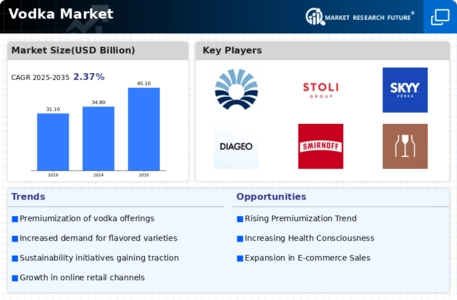
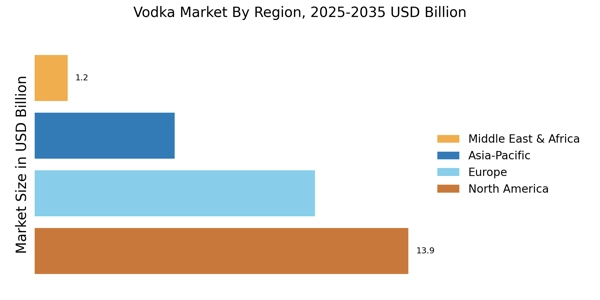

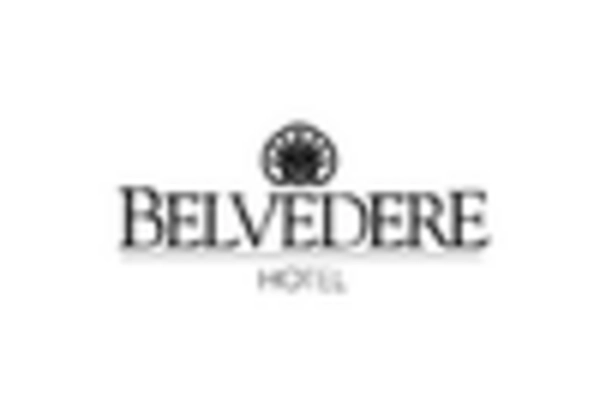
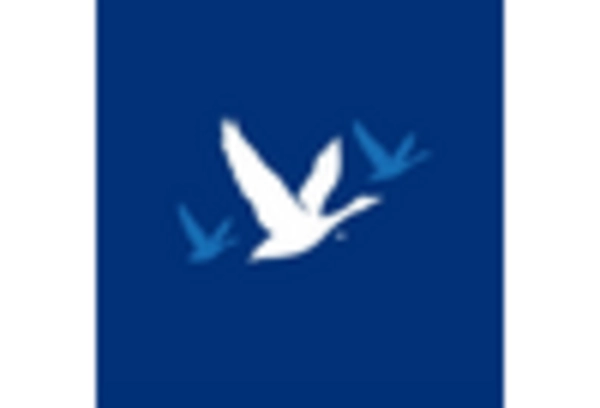
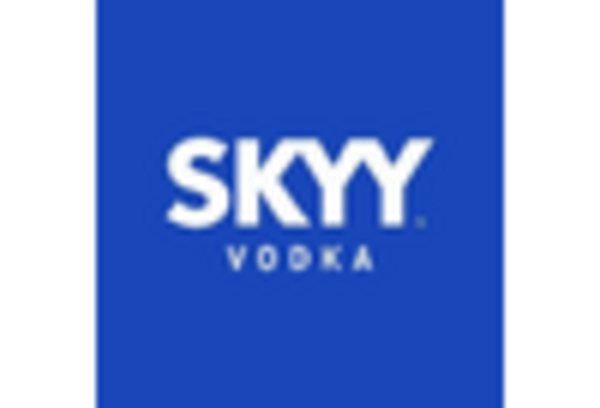
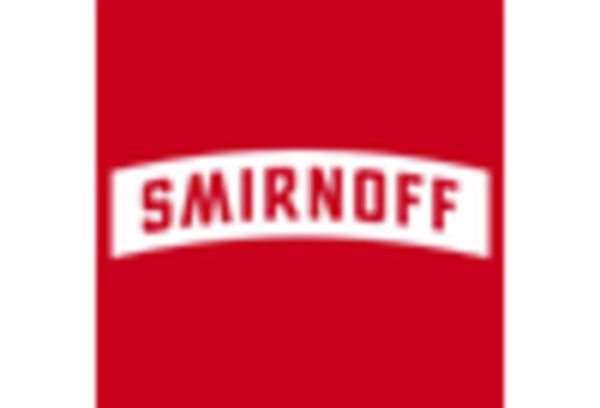
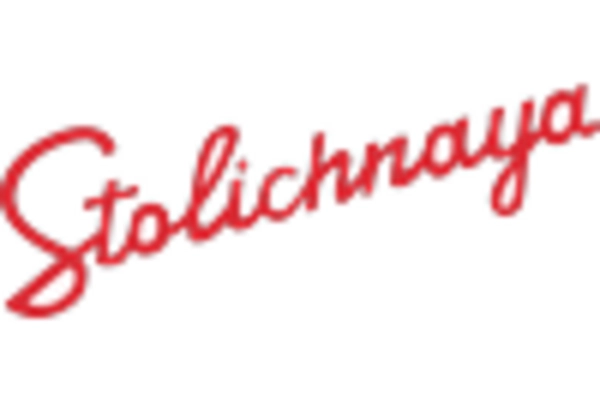








Leave a Comment